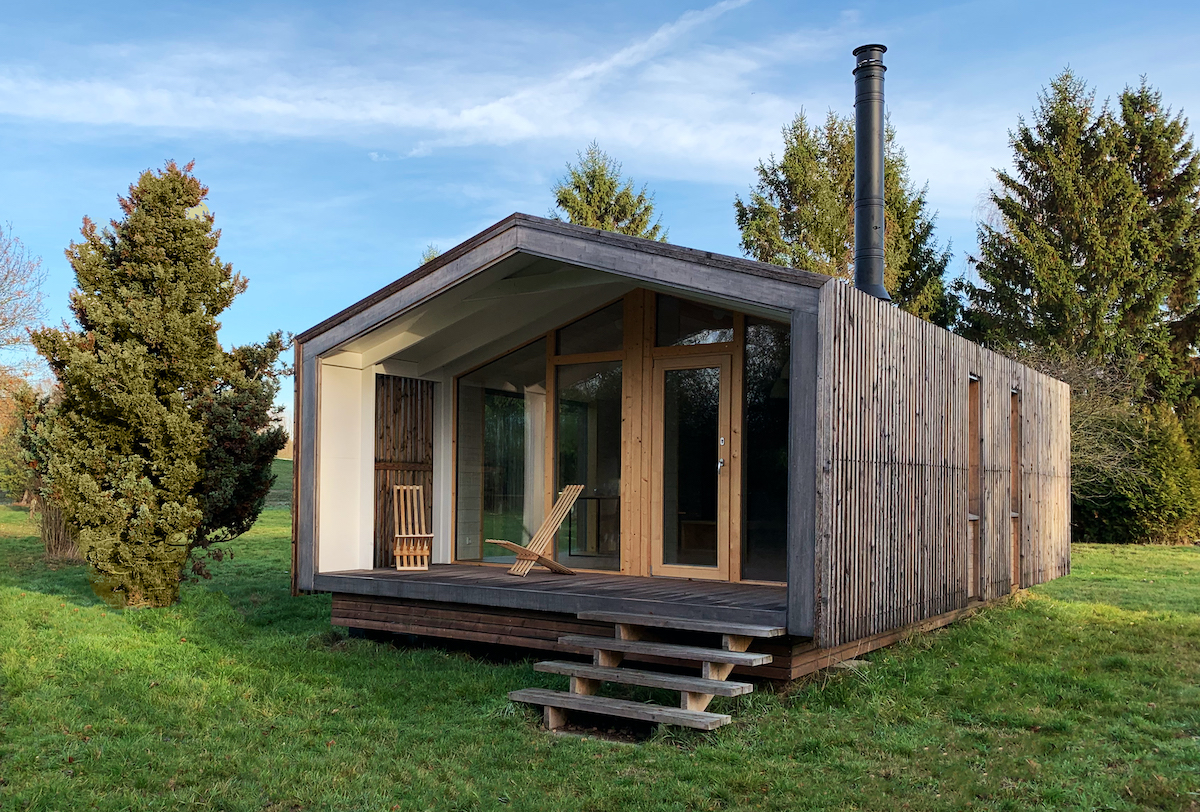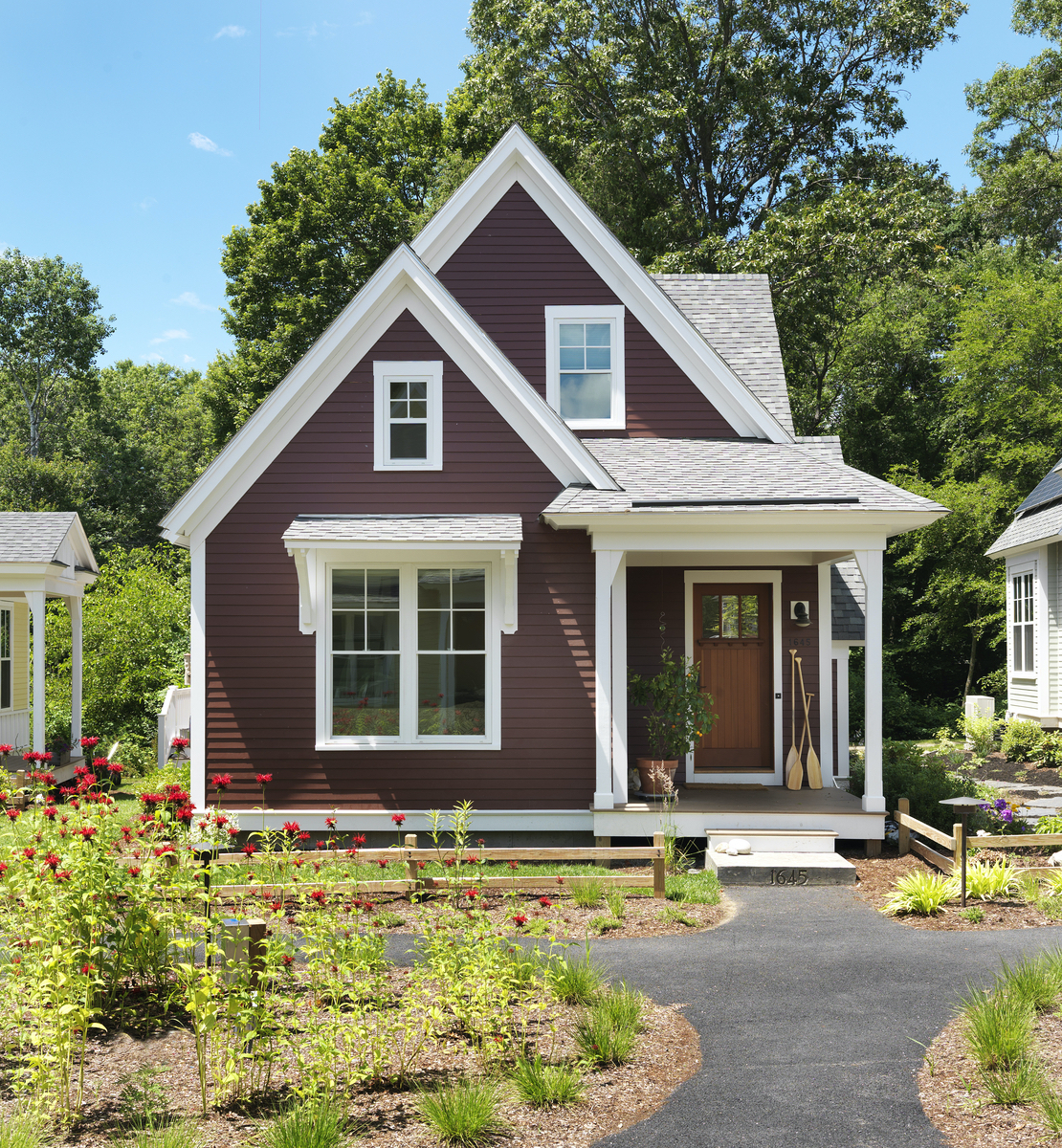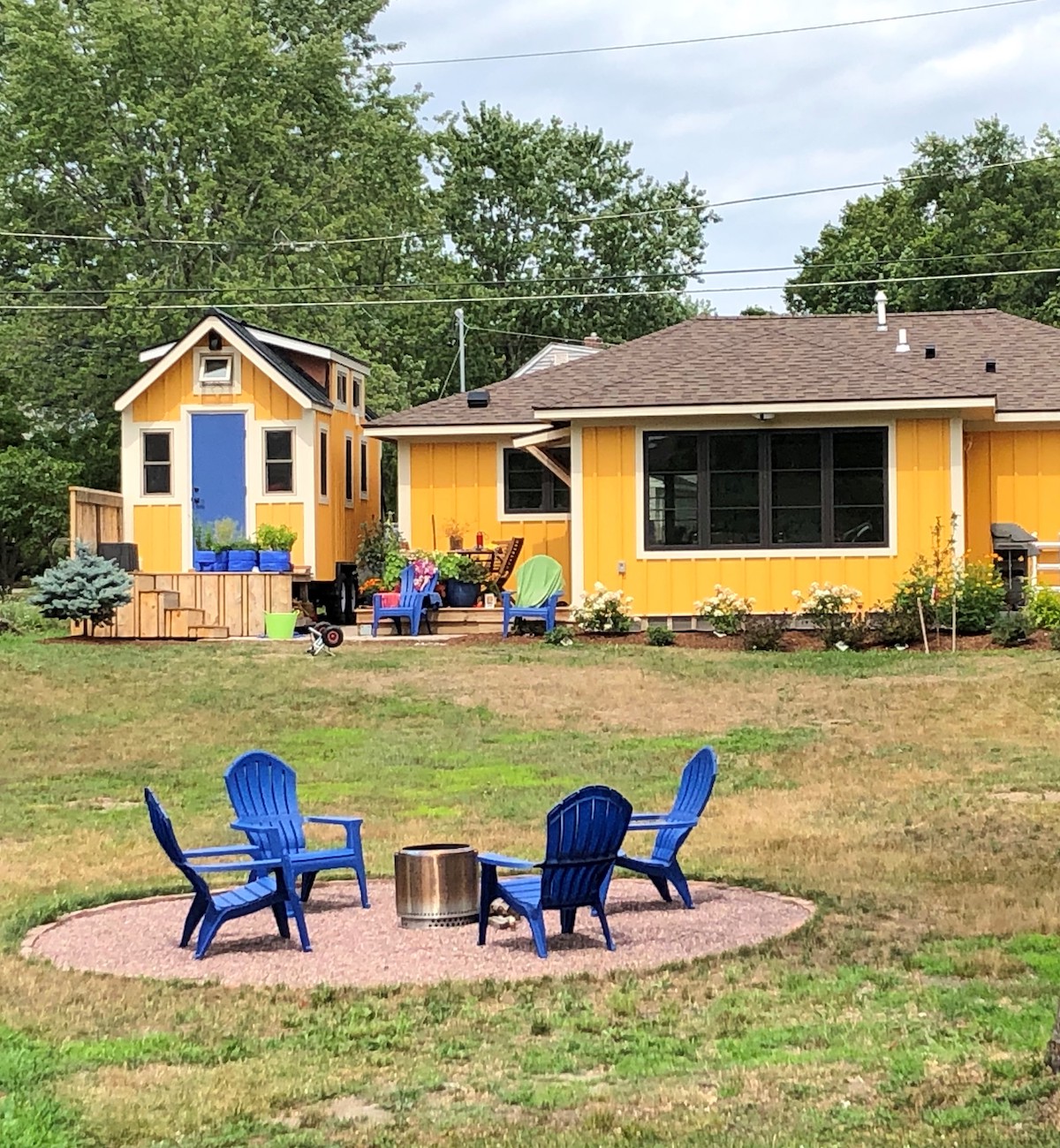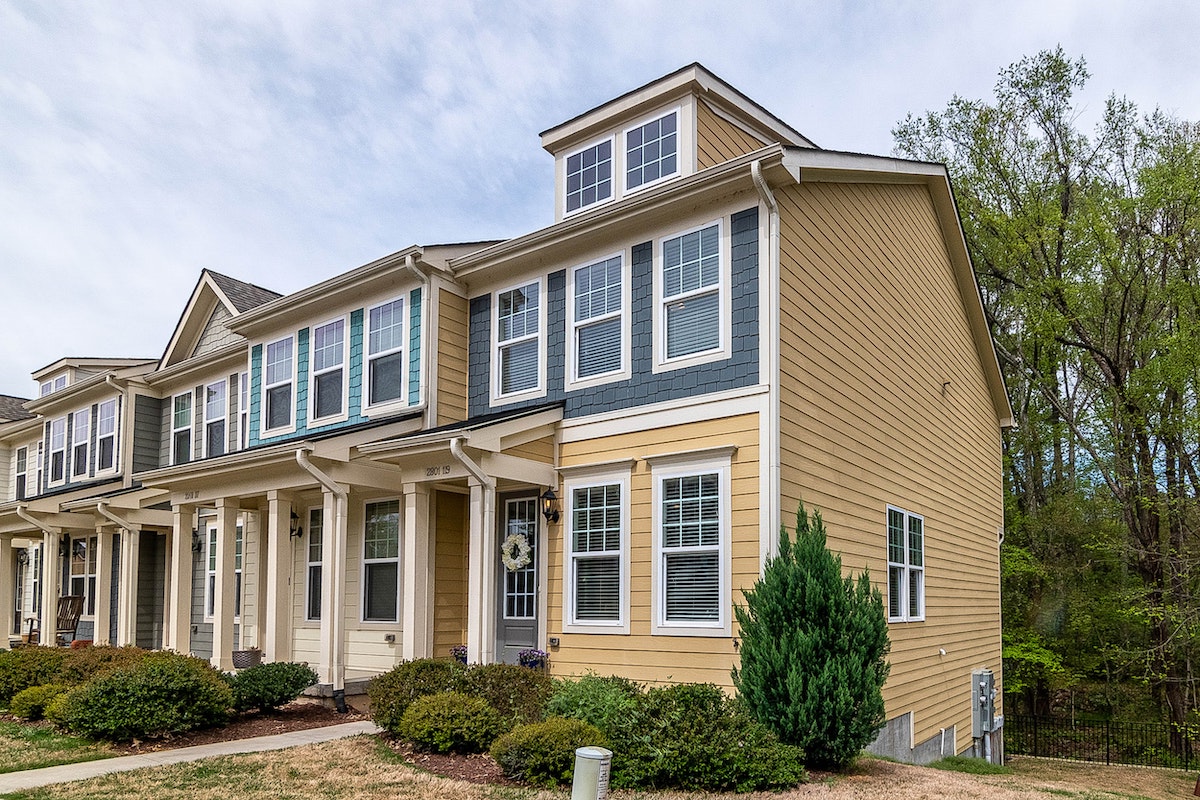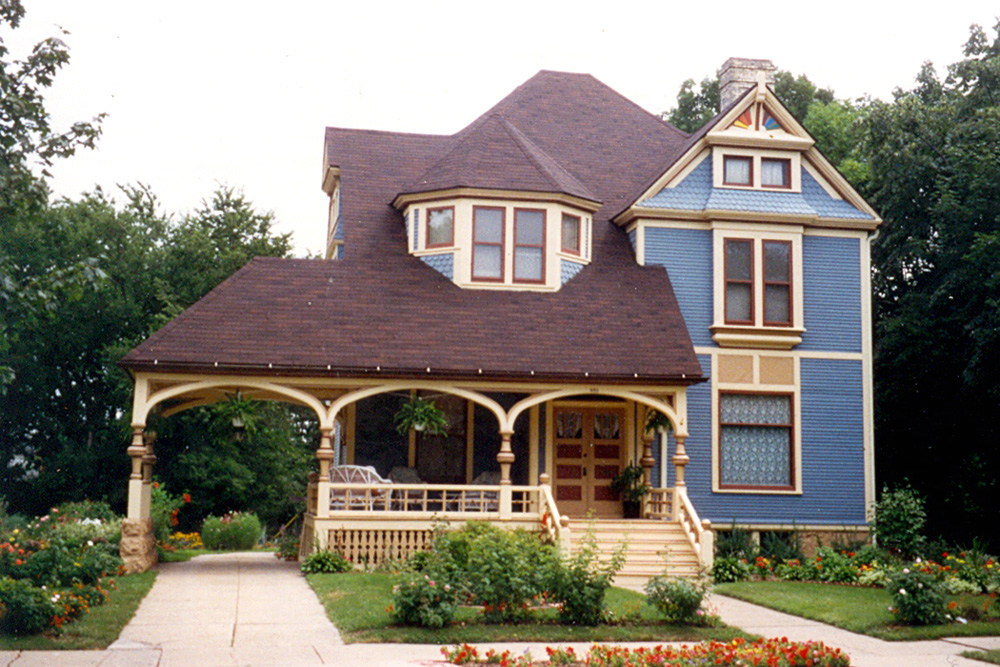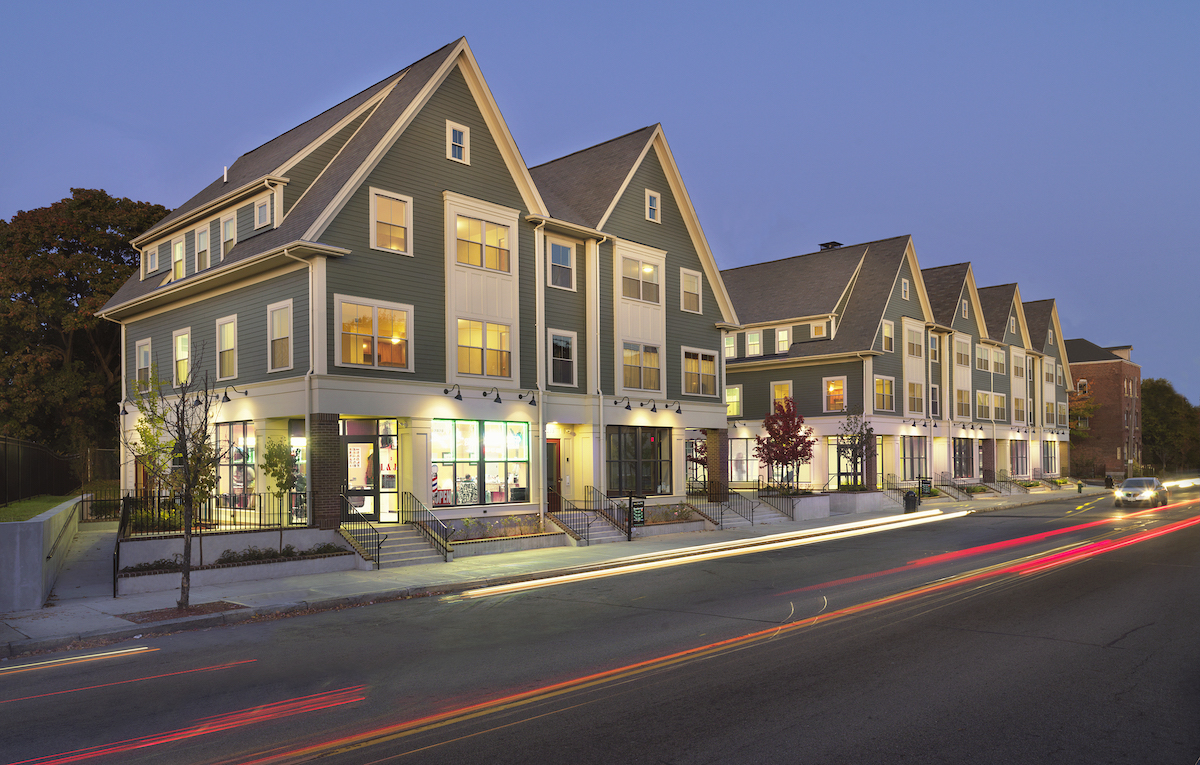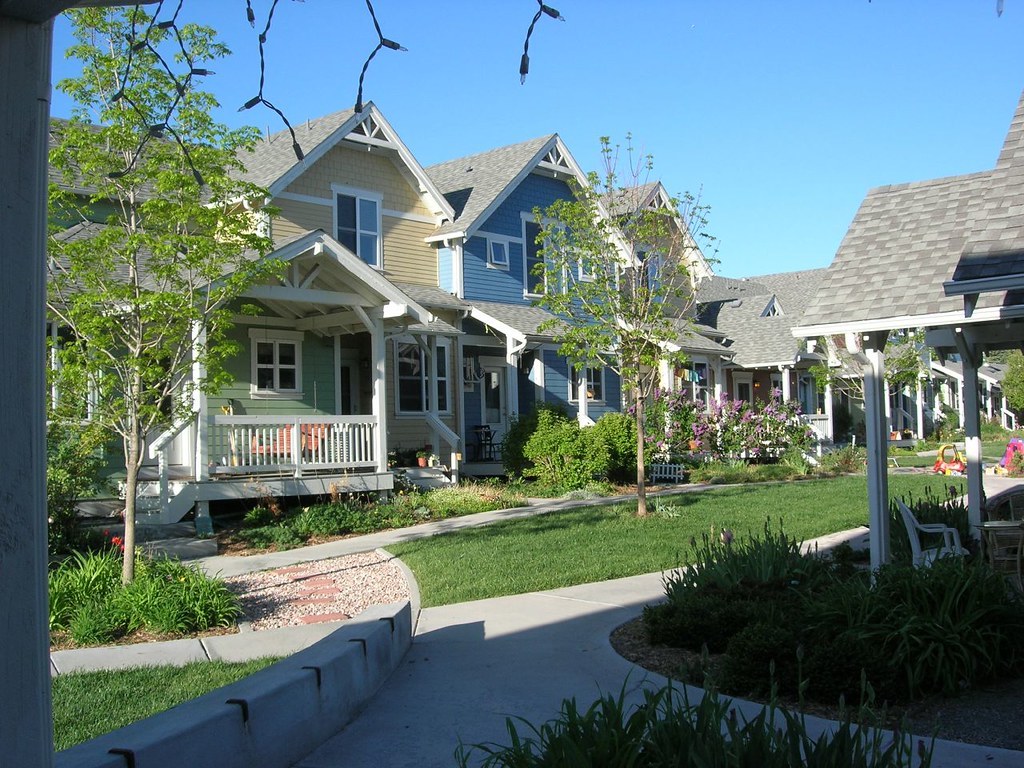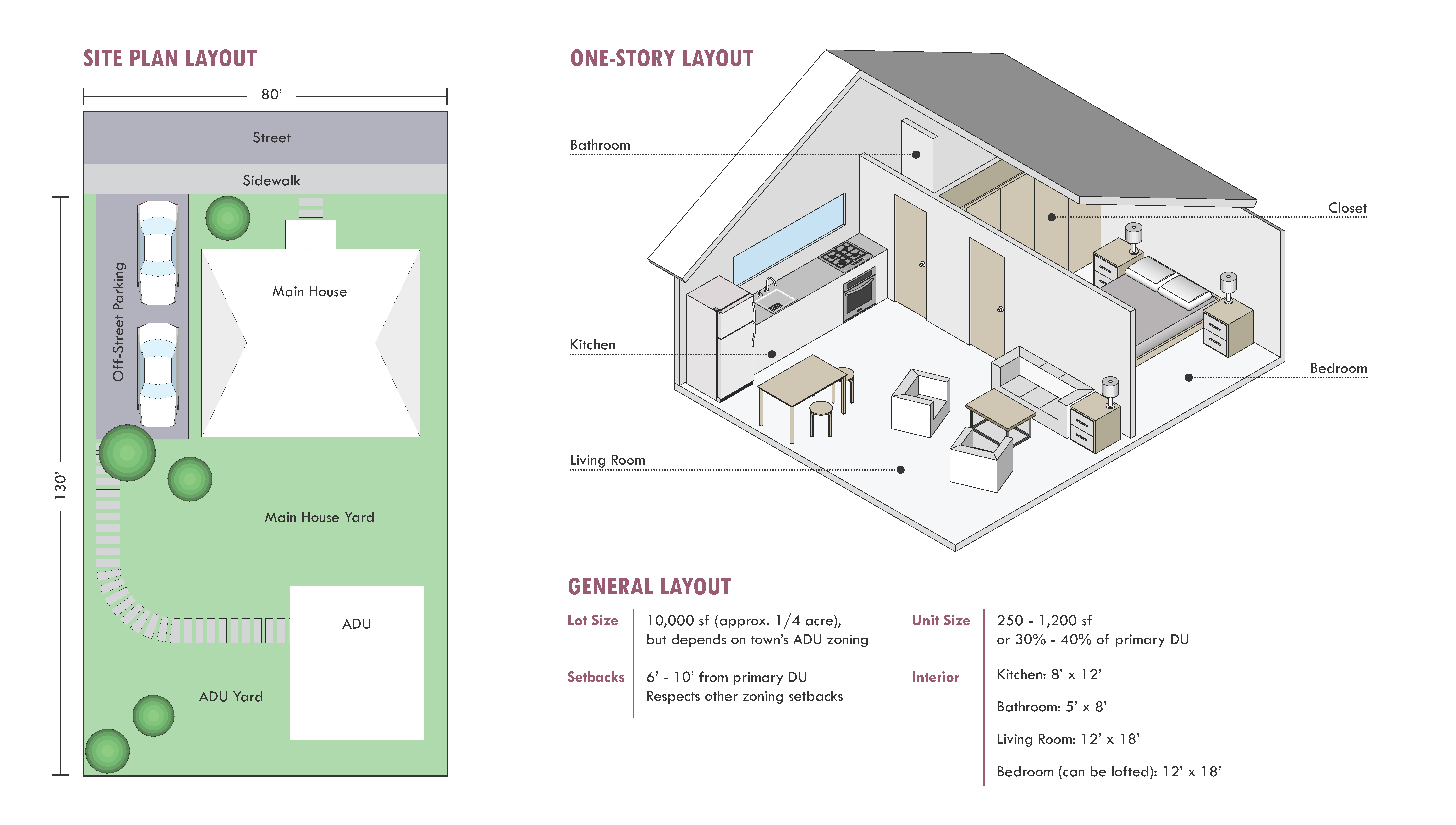An Accessory Dwelling Unit, or ADU, is a smaller apartment on the same lot as a larger main house. ADUs are also known as “granny flats,” “carriage houses,” or “in-law apartments.” ADUs can be within the existing house (for example, in a finished basement), added to an existing structure (for example, in space above the garage or as a small addition to the main house), or free-standing (for example, in a converted a carriage house).
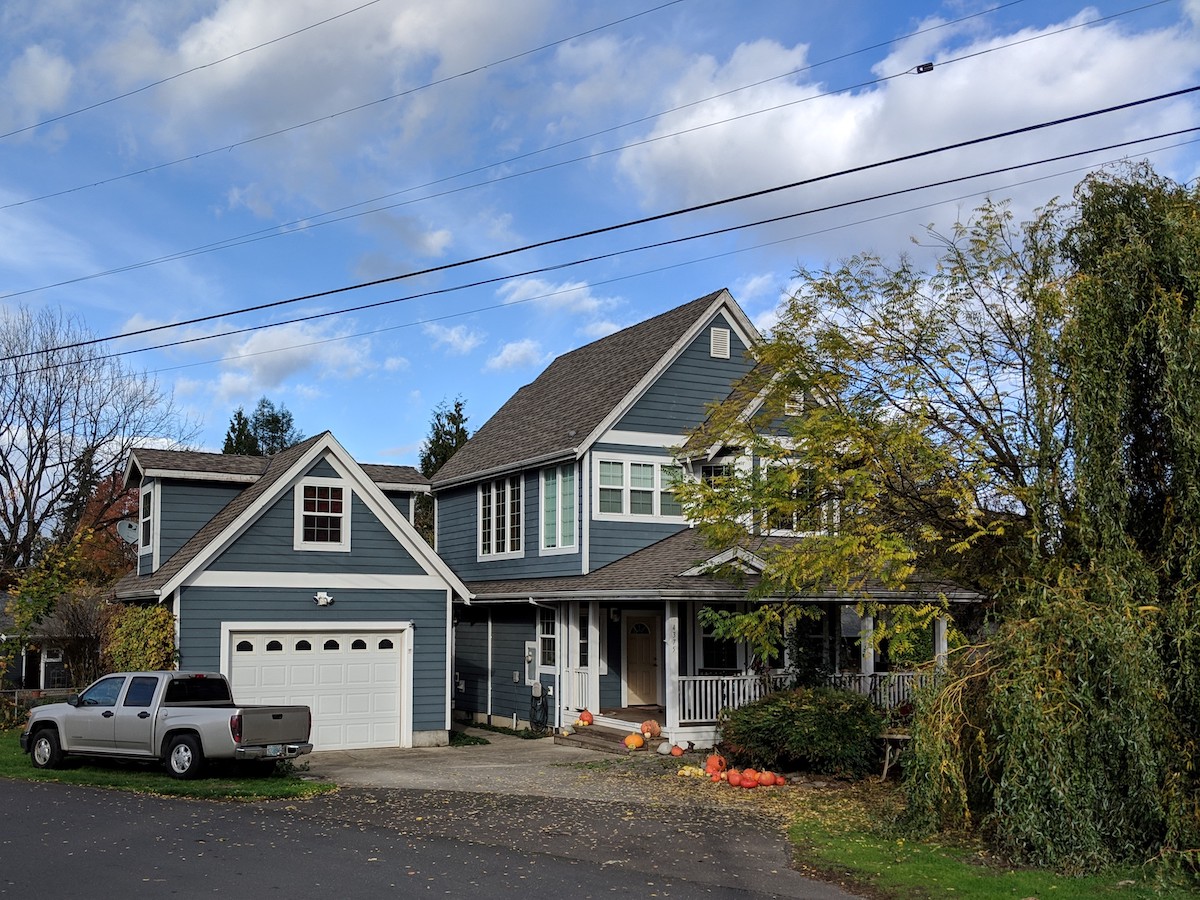
Photo Credit: Sightline Institute
